Exercises That Relieve Stress
 You don’t have to be in any particular occupation, location or circumstance, stress occurs no matter what you do, or where you live, whether it’s Louisville, KY, or any other place on the globe. Doing exercises that relieve stress can help you live a happier, healthier life. Stress creates hormones that prepares the body for the fight or flight response. If those hormones aren’t burned off, they can create lasting changes that lead to serious conditions. There is scientific proof that exercise helps anxiety, which can come from prolonged stress.
You don’t have to be in any particular occupation, location or circumstance, stress occurs no matter what you do, or where you live, whether it’s Louisville, KY, or any other place on the globe. Doing exercises that relieve stress can help you live a happier, healthier life. Stress creates hormones that prepares the body for the fight or flight response. If those hormones aren’t burned off, they can create lasting changes that lead to serious conditions. There is scientific proof that exercise helps anxiety, which can come from prolonged stress.
Improve your body and health, while getting rid of stress with an HIIT workout.
HIIT—high intensity interval training—can be used for any type of exercise. It’s a way of modifying the intensity of the workout that helps build muscles faster and reduce stress. You go at peak intensity for a short time, followed by an equal amount of time or longer at a recovery pace. Then, you repeat the process throughout the workout. You can do it with walking, running, any type of workout at the gym or whatever you choose. It burns off the hormones of stress.
Turn up the music and do some fast dancing.
Dancing works very much like HIIT. You move fast and burn off stress hormones, while also varying the intensity. When most people dance, they aren’t constantly in vigorous movement, but have pauses where they sway or make other motions that allow them to catch their breath. Try finding a happy song to dance to and put a smile on your face while you dance.
Learn techniques you can use every day.
Stress never waits around until you’re ready to go to the gym. It hits at all times of the day. You need a tool to help you burn off the hormones of stress. One of the simplest and easiest to use any time, any place, is walking. Maybe it’s why some people revert to pacing during trying times. Studies show that you can reduce the potential for stress-related conditions, like high blood pressure, cardiovascular diseases and type 2 diabetes by adopting a walking regimen. It helps quiet your nervous system, release major muscle group tension and makes you breathe more deeply. If you get a chance to walk in a more natural setting, like a park, it’s even better.
- Tai chi, qigong and yoga all help you relax. The movements are slow and gentle and there’s a lot of focus on the correct way to breathe, which also helps reduce stress.
- Your time at the gym counts as a stress reliever. No matter what you do at the gym, it helps reduce stress. Any exercise can help you feel better and more relaxed for hours.
- Exercise also helps improve posture and that can boost your confidence to help prevent some stress. Go for a swim, bicycle, take the kids for a hike or come to the gym regularly to burn off the hormones of stress and help prevent them.
- Learn ways to control minor stressors. You can start by turning off the TV and getting off social media if you find yourself stressed. Take that time to turn on music and dance, walk or garden.
For more information, contact us today at Body Sculptors Personal Training


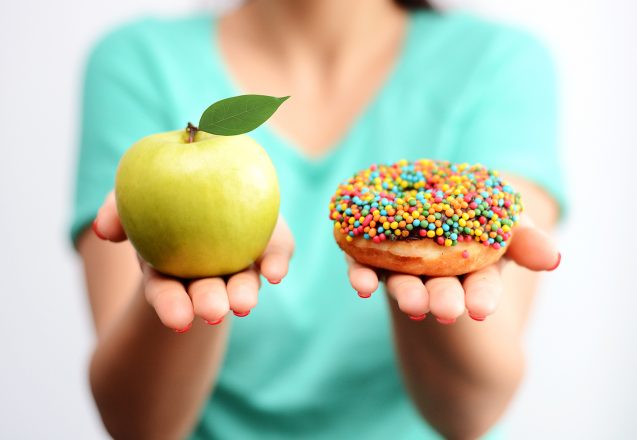
 Is your finest china a Styrofoam container and plastic spoons your best cutlery? It’s time to make some changes and switch to a healthier eating style. You need to eat less processed foods, but it can sound like a tall order, especially if you aren’t a good cook. Here are a few realistic ways and you don’t need to have any culinary skills to make them. Start by buying fresh fruits and vegetables, wash them and prepare them as snacks. Keep your kitchen stocked so when you want a snack, the snacks will be ready for you to eat.
Is your finest china a Styrofoam container and plastic spoons your best cutlery? It’s time to make some changes and switch to a healthier eating style. You need to eat less processed foods, but it can sound like a tall order, especially if you aren’t a good cook. Here are a few realistic ways and you don’t need to have any culinary skills to make them. Start by buying fresh fruits and vegetables, wash them and prepare them as snacks. Keep your kitchen stocked so when you want a snack, the snacks will be ready for you to eat.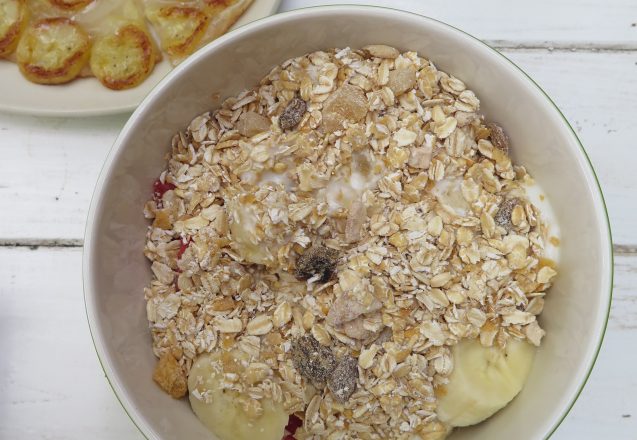

 ‘s busy world, taking the time to truly enjoy a meal, rather than shuffling it down to get through, is rare. If you can eat a three course meal before your friends finish their salad, leave the table still feeling hungry or feel bloated a half hour after eating, maybe eating slower can help. Not only should you eat slower, you should savor each bite and become more aware of eating each time you put food in your mouth.
‘s busy world, taking the time to truly enjoy a meal, rather than shuffling it down to get through, is rare. If you can eat a three course meal before your friends finish their salad, leave the table still feeling hungry or feel bloated a half hour after eating, maybe eating slower can help. Not only should you eat slower, you should savor each bite and become more aware of eating each time you put food in your mouth.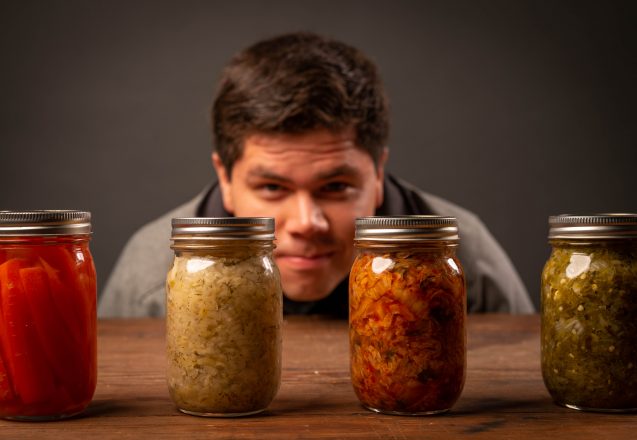
 One thing you can do that will affect your whole body and even your mental health is to keep your digestive system healthy. Your gut is filled with bacteria and other microbes that can make you healthier or sicker, depending on the blend. There are more microbes in your body than cells, which should tell you how important they are. These gut microbes are in the intestines and are necessary to your good health. They break down food, so the nutrients can be delivered via your bloodstream, throughout the body.
One thing you can do that will affect your whole body and even your mental health is to keep your digestive system healthy. Your gut is filled with bacteria and other microbes that can make you healthier or sicker, depending on the blend. There are more microbes in your body than cells, which should tell you how important they are. These gut microbes are in the intestines and are necessary to your good health. They break down food, so the nutrients can be delivered via your bloodstream, throughout the body.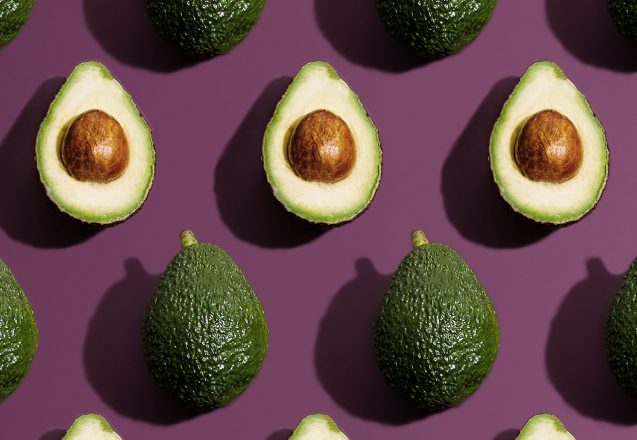
 Eating a wide variety of foods is important to your health. It ensures you’ll get all the essential nutrients your body needs. Potassium is one of those nutrients that play an important role in how the body functions. That’s why consuming potassium rich foods is important. This mineral plays a role in regulating your heartbeat, helps control blood pressure, aids in nerve conduction, glycogen synthesis, nerve conduction and muscle contraction. Your cells require potassium to be healthy. Eating potassium rich foods can help prevent osteoporosis, stroke and kidney disease.
Eating a wide variety of foods is important to your health. It ensures you’ll get all the essential nutrients your body needs. Potassium is one of those nutrients that play an important role in how the body functions. That’s why consuming potassium rich foods is important. This mineral plays a role in regulating your heartbeat, helps control blood pressure, aids in nerve conduction, glycogen synthesis, nerve conduction and muscle contraction. Your cells require potassium to be healthy. Eating potassium rich foods can help prevent osteoporosis, stroke and kidney disease.
 If you started one of our new meal plans at Body Sculptors in Louisville, KY, and find you’re not hungry between meals or feel full enough to make it to the next meal from the snacks, that’s normal. In fact, the diet plans are created to help you feel fuller longer, without consuming tons of extra calories.is However, hunger is normal and regulated by hormones, leptin, the hormone that makes you feel full and ghrelin, the hormone that makes you hungry. The hypothalamus also regulates hunger, as does your blood sugar levels and even your empty stomach and intestines.
If you started one of our new meal plans at Body Sculptors in Louisville, KY, and find you’re not hungry between meals or feel full enough to make it to the next meal from the snacks, that’s normal. In fact, the diet plans are created to help you feel fuller longer, without consuming tons of extra calories.is However, hunger is normal and regulated by hormones, leptin, the hormone that makes you feel full and ghrelin, the hormone that makes you hungry. The hypothalamus also regulates hunger, as does your blood sugar levels and even your empty stomach and intestines.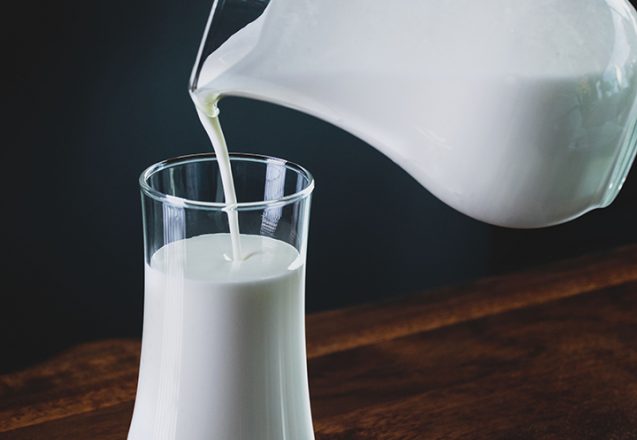
 Lactose intolerance acts differently in everyone and can even change within the same person at various times, in various situations. Some lactose intolerance starts early in life in infants who produce no lactase. It’s a genetic form of lactose intolerance and occurs most prominently in people of East Asian and North American Indigenous lineage. It can also occur in premature infants. As children grow older, the need for lactase diminishes as other foods are introduced. If the production diminishes enough, lactose intolerance occurs. Sometimes, antibiotics, illnesses, accidents or surgery can cause lactase to be reduced, making the person lactose intolerant.
Lactose intolerance acts differently in everyone and can even change within the same person at various times, in various situations. Some lactose intolerance starts early in life in infants who produce no lactase. It’s a genetic form of lactose intolerance and occurs most prominently in people of East Asian and North American Indigenous lineage. It can also occur in premature infants. As children grow older, the need for lactase diminishes as other foods are introduced. If the production diminishes enough, lactose intolerance occurs. Sometimes, antibiotics, illnesses, accidents or surgery can cause lactase to be reduced, making the person lactose intolerant.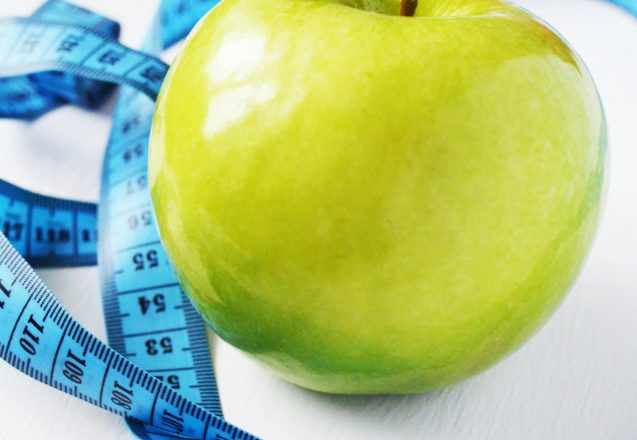
 There are gyms that focus simply on the best workout and places that highlight nutrition, whether it’s to help you lose weight or just be your healthiest. The truth is, you really need both to be your fittest and to shed pounds quickly. While you can’t out-exercise a poor diet, lack of exercise makes losing weight extremely difficult. Not only does exercise help burn calories, it stokes your body’s furnace to burn more calories around the clock and boosts your strength, endurance and flexibility for a fuller life.
There are gyms that focus simply on the best workout and places that highlight nutrition, whether it’s to help you lose weight or just be your healthiest. The truth is, you really need both to be your fittest and to shed pounds quickly. While you can’t out-exercise a poor diet, lack of exercise makes losing weight extremely difficult. Not only does exercise help burn calories, it stokes your body’s furnace to burn more calories around the clock and boosts your strength, endurance and flexibility for a fuller life.
 There is no difference in fat in your body, no matter where it is, so if you want to lose fat in your face, you simply have to lose weight. While there’s no guarantee that it will make your cheeks look less puffy, most people actually complain that when they lose fat, it usually comes off their hands and their face. If you have chubby cheeks on your face, you probably have chubby cheeks elsewhere or at least a higher percentage of body fat.
There is no difference in fat in your body, no matter where it is, so if you want to lose fat in your face, you simply have to lose weight. While there’s no guarantee that it will make your cheeks look less puffy, most people actually complain that when they lose fat, it usually comes off their hands and their face. If you have chubby cheeks on your face, you probably have chubby cheeks elsewhere or at least a higher percentage of body fat.